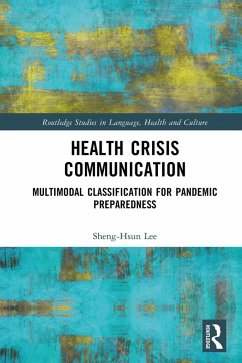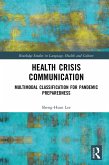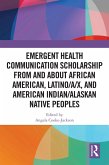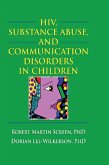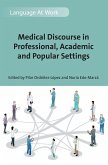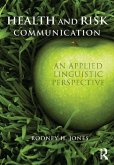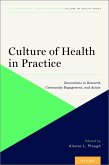Lee argues that when public health officials classify health crisis phenomena into categories, they also set parameters for official responses and shape public perceptions of a crisis. He illustrates the argument by examining Taiwan's initial successes in keeping most infections at bay and subsequent challenges of obtaining enough vaccines for international border reopening. The successes and challenges are closely linked to multimodal classification, which includes using speech, gestures, and objects to make some categories travel broadly and impede the circulation of other categories. The book discusses a wide range of crisis categories from the three dreadful first times- the first confirmed case, the first community-acquired case, and the first death- to the politicized debate over vaccine brands. Lee emphasizes the importance of understanding how crisis categories are produced, circulated, and received. The comprehensive coverage looks beyond initial responses to the COVID- 19 pandemic and outside English- dominant places to redefine effective public health messaging. Based on the findings, the book highlights implications for communicating official messages and offers a list of ready- to- use strategies for updating existing guidelines on public health communication.
The book is an essential read for public health practitioners, researchers, and advanced students in discourse analysis and public health communication.
Dieser Download kann aus rechtlichen Gründen nur mit Rechnungsadresse in A, B, BG, CY, CZ, D, DK, EW, E, FIN, F, GR, HR, H, IRL, I, LT, L, LR, M, NL, PL, P, R, S, SLO, SK ausgeliefert werden.

